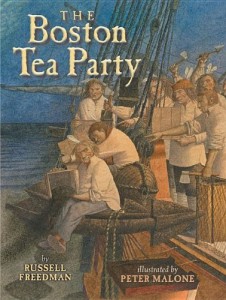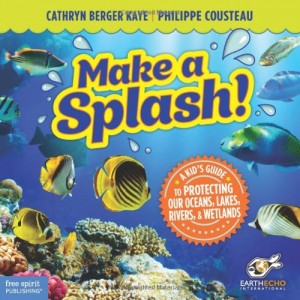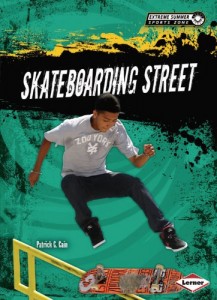Written by Hadley Dyer
Mention farming and people usually think of vast fields in the country lined with rows of crops. But what about people who live in crowded cities or want to create gardens in their own backyards or even inside their own houses? Potatoes on Rooftops: Farming in the City is an appealing look at the many innovative ways people are managing to grow food in untraditional ways.
Hadley Dyer was inspired to write the book after starting her own backyard garden. This book begins with some facts: By 2030, two-thirds of the world’s population will live in cities, yet estimates say that in 30 years we’ll need 60 percent more food to feed everyone. Where will that food come from? How will food get to the people who live in cities? That’s what this book is all about.
Dyer takes us on an incredible journey through history, science, and economics. She explores gardens of the past, such as the “victory gardens” people started to provide food for themselves during wartime. She also explores community gardens, rooftop gardens, and futuristic greenhouses as ways urban populations can have access to freshly grown food. From there, Dyers explains how to plant, tend, and harvest your own garden. The book also includes information on composting, food safety, and keeping your garden safe from pests. Along the way, Dyer also discusses concepts such as alternative energy and the value of locally produced food as she takes a look at food production and land use all over the world.
Potatoes on Rooftops succeeds on many levels. Its lively writing style and colorful photographs will grab readers from the very first page. Dyer makes it easy to explain complex topics and allows readers to see how they impact their own lives. Most of all, Dyer helps young readers see how they can make a change and introduce locally grown food to their homes, no matter where they live. This is an incredibly empowering message!
I highly recommend this book for 5th-grade readers, as well as older students. For the younger age range, it could be a valuable classroom resource that could apply to units on science, social studies, history, and health. The design and writing style of the book make it appealing to these younger readers even though the Lexile level of the book is higher. Older readers can read the book independently and use it to create their own science projects or research reports. The book includes valuable resources, such as a glossary, a list of further reading, and websites to consult. Teachers and readers alike are sure to appreciate the lively text, fascinating subject matter, and can-do attitude of this valuable book that could open a whole new world for students in any classroom.








